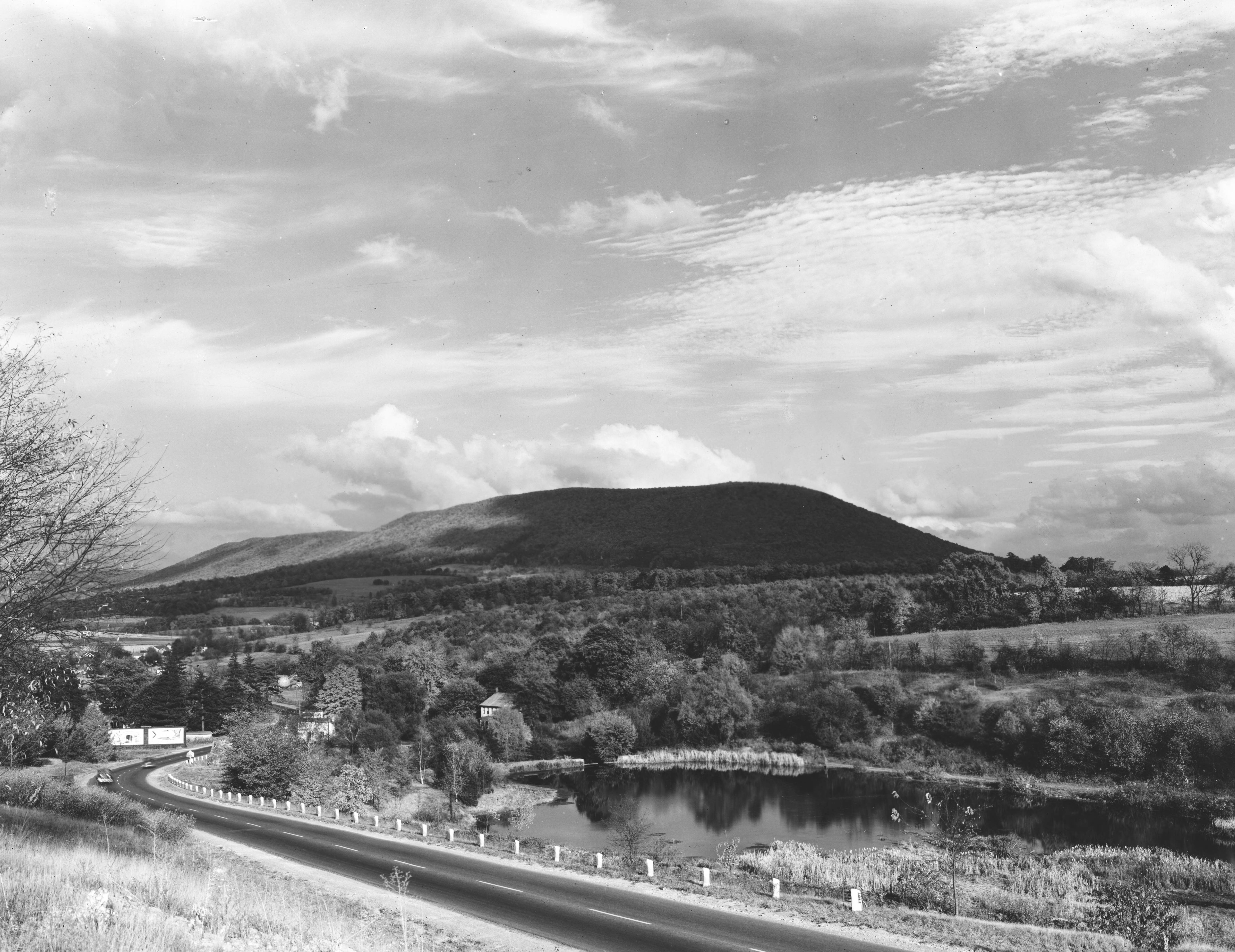Your cart is currently empty!
Mount Nittany’s Cultural Impact

Mount Nittany and the Extraordinary Conservation of an Ordinary Pennsylvania Mountain
Mount Nittany in Culture
Why was Mount Nittany preserved? What makes it such a wellspring of tradition, pride and natural recreation?
In 1945, the Lion’s Paw Alumni Association (LPAA) saved 525 acres from lumbering and other desecration through a fund-raising campaign among its few hundred members. But encroachment continued. In 1981, the Association formed the Mount Nittany Conservancy (MNC) to acquire additional land. (See “The Magic of the Mountain: The Campaign to Save Mount Nittany 1984“) With community and alumni support, the Conservancy has obtained through purchase or donation over 300 acres that faced possible use for commercial or residential purposes.
If you’ve ever been curious about the Mike Lynch Overlook, read more about how Lynch was the lynchpin.
This link, Kings of the Hill (Courtesy of Town & Gown magazine) is to a scanned PDF from November/December 1976 issue of The Penn Stater magazine. The article was first published in the July and August 1976 editions of Town & Gown magazine under the title “Who Owns Mount Nittany?” Written by Terry Dunkle, the story concludes with a powerful statement as true today as when it was written: She is our Plymouth Rock, our Old Faithful, our Cathedral of Rheims, our Gibraltar. “The moment we see Mount Nittany,” as one old grad has said, “we know we are home.”
This link, Not-any Mountain, is a view from the early 1980s that is a wonderful look back at the early history of Mt. Nittany and its place in all our hearts.
In 2011, the Mount Nittany Conservancy marked 30 years of keeping the Mountain green and growing.
Penn Pilot, a project sponsored by the Pennsylvania Geological Survey, is an online library of digital historical aerial photography for the Commonwealth of Pennsylvania. It contains photos of Mount Nittany through the years.
(The very famous photo above of Mount Nittany with Thompson Pond in the foreground from Photographer Robert Beese was taken in the 1940s. It shows “a panoramic view of Mt. Nittany taken from spot where College Avenue now goes under University Drive.”)

In 2013, Tom Shakely wrote “Conserving Mount Nittany: A Dynamic Environmentalism,” a book on the history of the Mountain as well as Hort Woods on Penn State’s campus.
“Conserving Mount Nittany,” published through Nittany Valley Press, is available on Amazon, and an audiobook version narrated by Tom Shakely and Ben Novak is also available below for free, as a courtesy to Mount Nittany Conservancy’s friends and all supporters of conserving this symbol of our spirit and home:
In February 2018, Tom Shakely spoke to Penn State’s University Park Undergraduate Association (UPUA) on “Inspiriting Mount Nittany:”
A brief history of the cultural and environmental basis for our Mountain’s conservation over many decades was shared, with a challenge to continue the conservation efforts begun by earlier generations.

